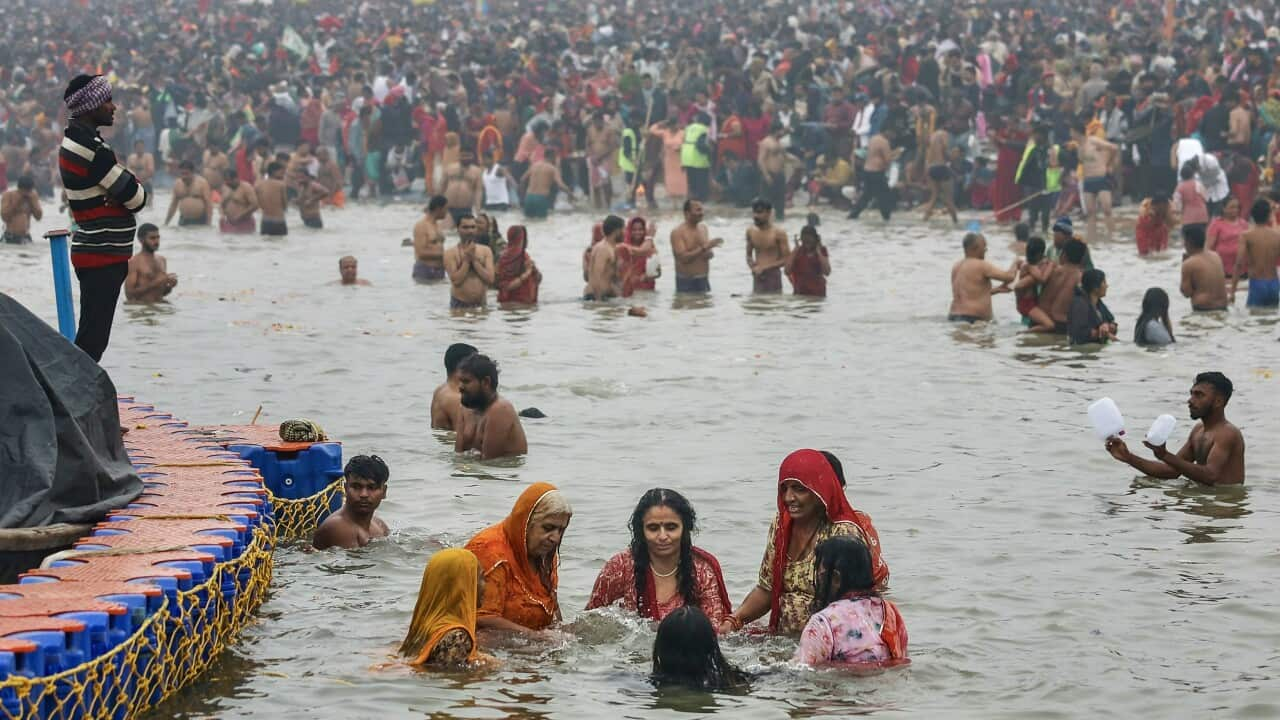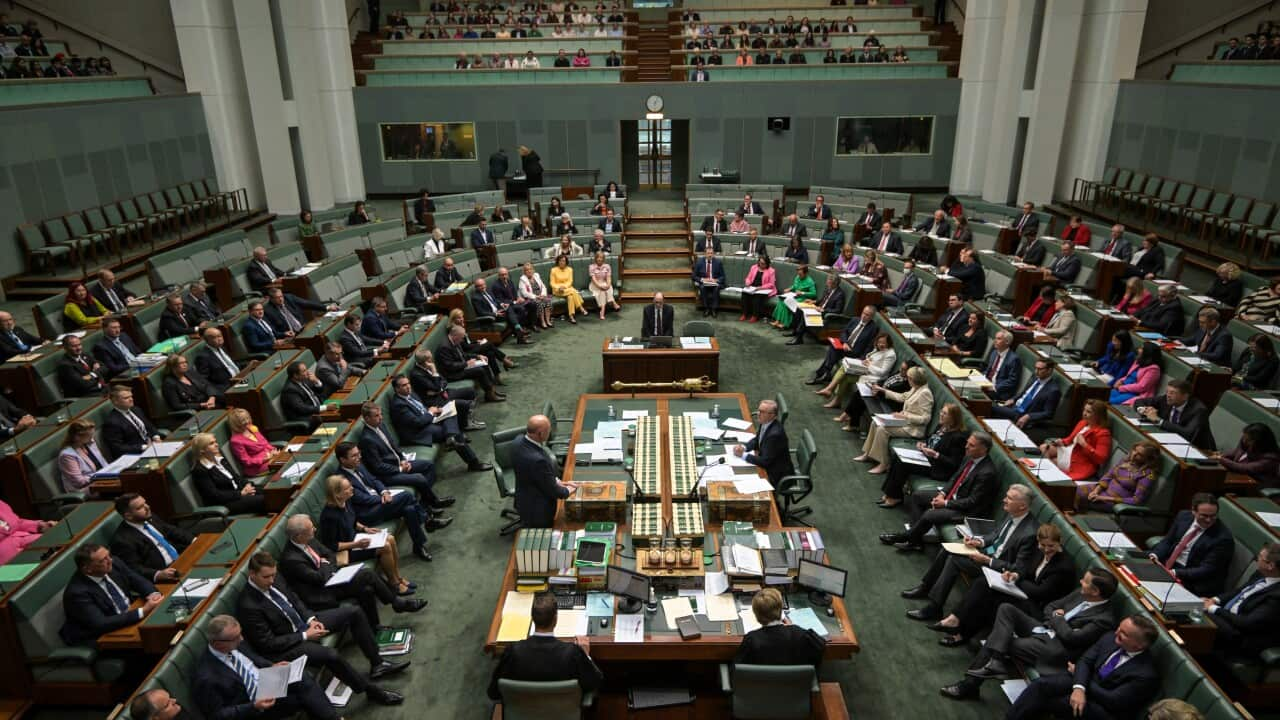Highlights
- Nearly 1,400 Indian soldiers died and 4,000 were injured during the Gallipoli battle in WW I
- Indian defence veterans to pay tribute in ANZAC marches across Australia on 25 April
- Nearly 16,000 soldiers from the 29th Indian Infantry Brigade and 140 from Patiala State fought in Gallipoli: Col Matthews
Colonel (Retd) Joseph Matthews of the Indian Army’s Bihar Regiment learnt about India's war history as a cadet at the National Defence Academy and Indian Military Academy in India.
Little did he know that there's a forgotten chapter in the annals of history about the supreme sacrifice made by Indian soldiers who fought shoulder-to-shoulder with the Australian and New Zealand Army Corps (ANZAC) on the Gallipoli Peninsula, now Turkey, during the First World War in 1915. Every year, the Australian and New Zealand governments commemorate 25 April for all men and women who served in all wars, conflicts and peacekeeping operations.
Every year, the Australian and New Zealand governments commemorate 25 April for all men and women who served in all wars, conflicts and peacekeeping operations.

Indian defence veterans are participating in various ANZAC marches across Australia on 25 April to commemorate India's fallen soldiers. Source: Supplied by Col Jospeh Matthews
Indian soldiers march on ANZAC Day
Col Matthews told SBS Hindi that nearly 1,400 Indian soldiers died during the campaign and there were 4,000 casualties.
“We organise a march every year here in Australia in the remembrance of our fallen soldiers. We do it so that their contribution is not forgotten,” he told SBS Hindi.

Col Joseph Matthews (Retd) and 30 other Indian veterans will participate in the Sydney march on 25 April. Source: Supplied by Col Joseph Matthews
Led in absentia by the Indian Army’s ailing decorated officer Maj Gen (Retd) Premangsu Chowdry, a 101-year-old veteran of the Second World War, nearly 30 veterans from the Indian Army, Air Force and Navy will participate in the march at Sydney Central Business District on 25 April.
Former officer of the Indian Navy Dr Braj Pande also told SBS Hindi that 15 Indian veterans are participating in another march at Brisbane.
“Ex-servicemen from all the armed forces are participating and our contingent will be led by former Flight Lieutenant Alfred Cooke, a recipient of Vir Chakra, India's gallantry award,” he said.  Forgotten heroes
Forgotten heroes

The allied forces (Britain, France, and Russia) launched an offensive on the Gallipoli Peninsula in 1915 to break through the straits. Source: Hulton Archive/Getty Images
“We mostly learn about Indian soldiers who fought under the British army banner in Europe and African sectors during the two world wars in our training institutions,” Col Matthews said.
“There is not much mention about the Gallipoli (or the Dardanelles campaign) operation. It was a small and unsuccessful operation compared to other battles. That could be one reason we don't find much mention about the Gallipoli campaign in our war history books,” he said. The Gallipoli Peninsula operation was launched by the Allied Forces (Britain, France, and Russia) to break through the straits and capture the Ottoman capital, Constantinople (now Istanbul) in 1915.
The Gallipoli Peninsula operation was launched by the Allied Forces (Britain, France, and Russia) to break through the straits and capture the Ottoman capital, Constantinople (now Istanbul) in 1915.

On 25 April 1915, 16,000 Anzacs landed at what became known as Anzac Cove. By the first evening, 2000 of them had been killed or wounded. Source: Universal History Archive/Universal Images Group via Getty Images
According to the National Museum of Australia, on 25 April 1915, 16,000 Australian and New Zealand troops (the ANZACS) landed at what became known as ‘Anzac Cove’ as part of a campaign to capture the Gallipoli Peninsula,
By the first evening, 2,000 of them had been killed or wounded.
For the majority of them, it was their first combat experience.
According to the Australian War Memorial website, 8,709 Australians and 2,721 New Zealand soldiers died during the entire operation that lasted over nine months. Journey to Gallipoli
Journey to Gallipoli

Around16,000 soldiers from the 29th Indian Infantry Brigade fought the Gallipoli battle. Source: Supplied by Dr Braj Pande
Col Matthews said he only realised the importance of the Gallipoli battle after arriving in New Zealand nearly two decades ago. This battle’s history made Col Matthews, who has participated in various counter-insurgency operations in India, curious.
He began researching on the subject and read Australian war diaries chronicling the events. Col Matthews then traveled to India, especially to the battalions' headquarters that had fought in the Gallipoli battle.
His research work also took him to Gallipoli. Col Matthews said that about 16,000 soldiers from the 29th Indian Infantry Brigade, which comprised 14 Ferozepore Sikhs or 14 Kings George’s Own Ferozepore Sikhs, 1/4 Gorkha Rifles, 1/5 Gorkha Rifles, 1/6 Gorkha Rifles, and 2/10 Gorkha Rifles battalions, were sent to Gallipoli to fight alongside the Allied Forces.
Col Matthews said that about 16,000 soldiers from the 29th Indian Infantry Brigade, which comprised 14 Ferozepore Sikhs or 14 Kings George’s Own Ferozepore Sikhs, 1/4 Gorkha Rifles, 1/5 Gorkha Rifles, 1/6 Gorkha Rifles, and 2/10 Gorkha Rifles battalions, were sent to Gallipoli to fight alongside the Allied Forces.

Nearly 15 veterans from the Indian Army, Air Force and Navy will participate in the Brisbane march on 25 April. Source: Supplied by Dr Braj Pande
“Former Maharaja Bhupinder Singh of Patiala also sent his 140 troops to Gallipoli,” he added.
Col Matthews clarified that Indian veterans are not participating in ANZAC Day marches on behalf of the Indian government.
"It is a self-initiative of Indian veterans. But the Indian government has assisted veterans in the past," he added.
Listen to the podcast in Hindi by clicking on the audio icon in the picture at the top.







